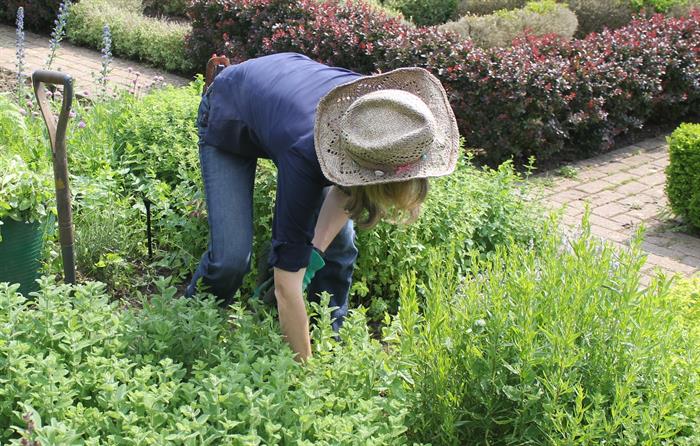
Want to set up a garden maintenance business?
Working in garden maintenance but want to add to your knowledge?
Your boss has asked you to do a course?
This course covers all the aspects required to set you on the right track in your garden maintenance business.
Proper garden maintenance costs both time and money. Fortunately, there are shortcuts to help you create a good-looking garden for yourself or your clients - without spending a huge amount of time or money.
Over ten lessons, you learn how to effectively maintain a garden while reducing the amount of time, labour and costs involved.